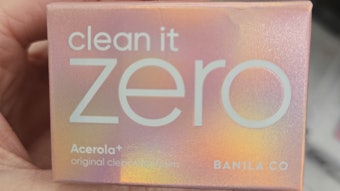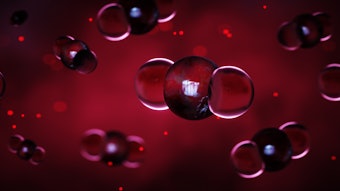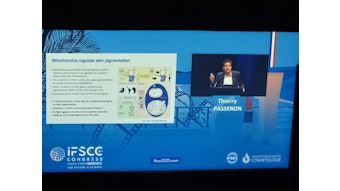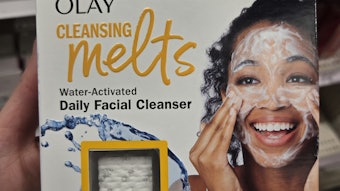Surfactants have been around since before the 1930s,1 and have a story to tell that is well-known to most personal care formulators. These ingredients commonly are formulated into shampoos and other cleansers because they are wetting agents that lower both the surface tension of a liquid and the interfacial tension between two liquids to allow easier spreading.2 According to Anthony O’Lenick, surfactants can be classified based on the charge of the organic portion of the molecule: anionic (negative), cationic (positive), nonionic (without charge), or amphoteric (positive and negative charge). Because of their varied forms and states, surfactants are making their way into many inventive arenas.
As personal care formulators learn new tricks and applications for these established ingredients, other industries also are moving forward with creative applications for surfactants. A brief Internet search reveals uses for surfactants in different industries that personal care formulators might find interesting and transferable to personal care applications.










